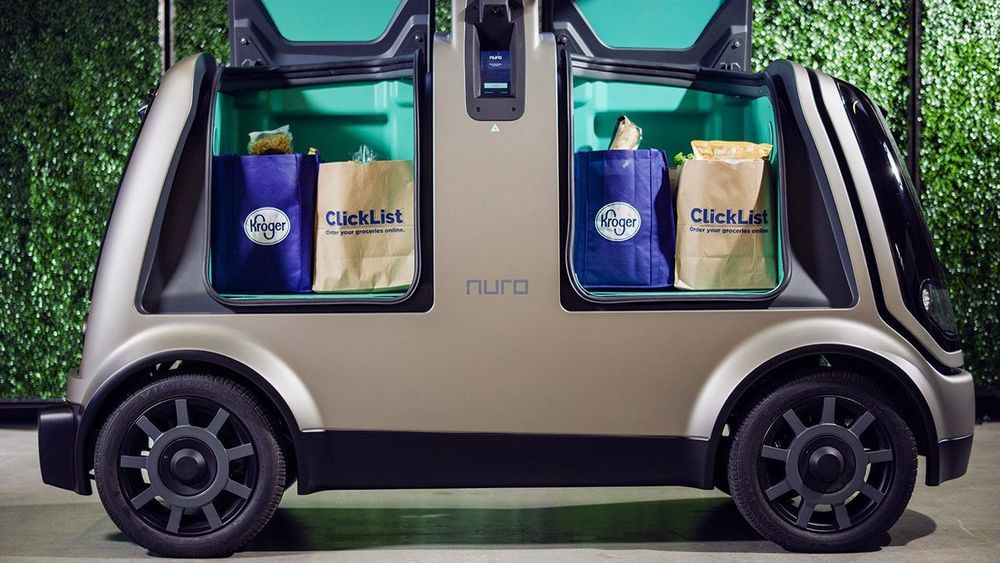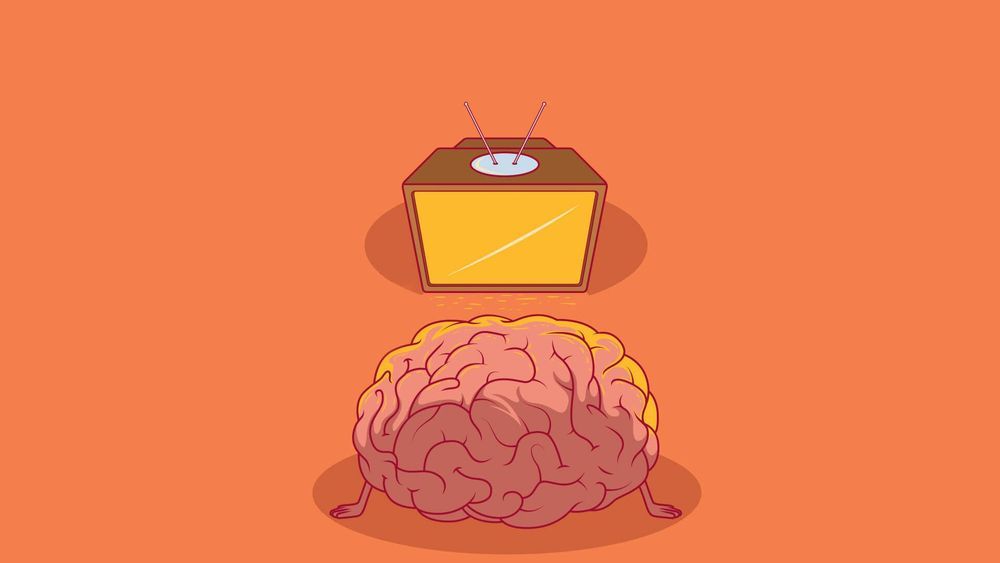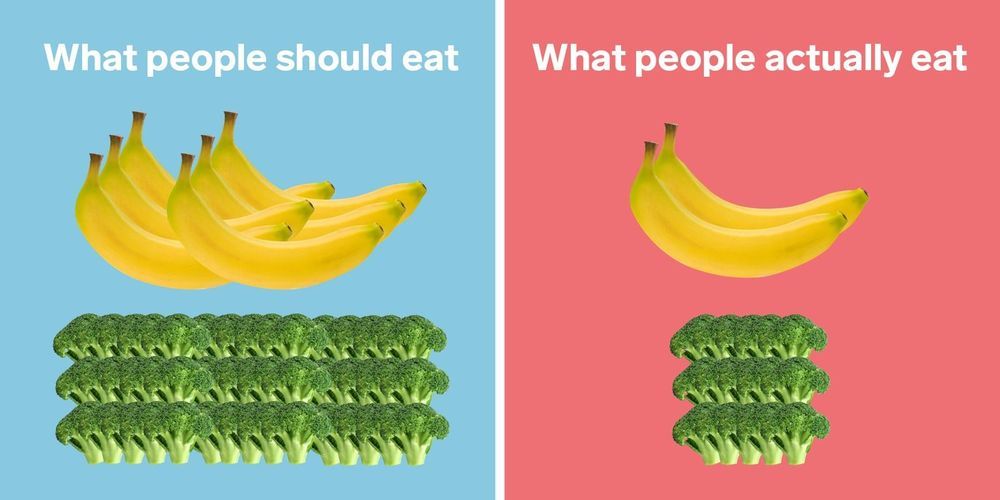Beth Moses will use her flight to craft future astronaut training.



First, there came self-checkout.
Now, it’s self-driving cars to make the delivery.
Two Kroger markets in Houston are rolling out a self-driving car program, in which orders can be placed online and delivered right to your home without a driver.


Taking Tesla’s new Model Y for a test ride.

Goodyear has unveiled a new concept tire that would work as both a propeller for a flying car, and a regular tire https://cnn.it/2F6KBse

